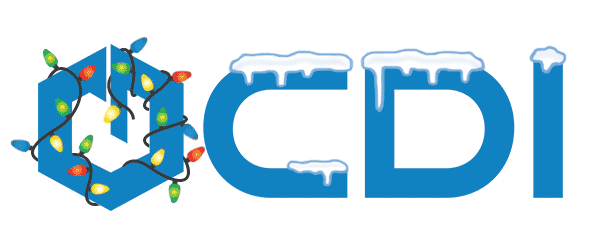The Fundamentals of Enterprise Content Management (ECM)
- CDI
- Nov 23, 2021
- 2 min read

When considering using Enterprise Content Management (ECM), it is essential to recognize the fundamentals of the software’s services. The foundation of any ECM includes collecting content, records management, automation processes, and information security. These fundamental elements are what empower organizations to execute their content management goals efficiently and cost-effectively.
Collecting Content
Any ECM requires the capture and importing of information to begin implementing its duties. The captured data can range from digital files to scanned documents, including:
Invoices
Resumes and job applications
Contracts
Images
Reports
Emails
Modern content management software utilizes digital repository’s to store data. As a result, having digital storage can dramatically increase the efficiency of an organization to capture, manage, and search data with ease.
Records Management
Beyond organization, a digital repository can allow users to apply rules on the documents, such as who can access certain content, provide specific classification on data, and execute advanced searches. Once successfully importing the information into the digital repository, you can do the following functions:
Provide specific classification and search functions for documents based on metadata.
Search documents through text.
Search by document creation date, the names of users who checked out documents, and other metadata.
Find specific words or phrases within document text, metadata, annotations, and entry names.
Establish user restrictions such as who can view, edit or create documents.
Create flexible folder structures to organize data.
A great ECM successfully eliminates obstacles when searching for information. It allows employees to retrieve data needed to help their organization or their customers immediately. The fast access to information enables staff to make better decisions and provide prompt responses.
Process Automation
Once you have classified and organized your data in the repository, you now can initiate workflows and automation. With automation, you can skip manual tasks to streamline communication and processes throughout your organization. Examples of workflows and automation include:
Approve or deny vacation requests.
Push important documents through various steps of review and approvals.
Route documents to the appropriate users promptly.
Information Security
With any organization, the security of sensitive data is paramount. Secure documents protect the information of customers and employees from data breaches. Earlier on, we touched on some of the security measures but to expand on the list; you can also do the following:
Apply restrictions to folders, documents, fields, and other document properties.
Monitor system activity such as logging in or out, creating or destroying data, making password changes, and much more.
Although all data goes into the same repository, you can keep information separate based on department. For example, you can restrict confidential employee information to only the HR managers and HR departments.
Ultimately, ECM software seeks to achieve the same goals. They aim to provide solutions to make all content interactions occur in one single system. There is also the possibility to integrate with other tools to expand content capabilities.
If you want to learn more about the Laserfiche integrations that CDI offers, please click on the button below. The link will direct you to our Laserfiche integration page.

CDI NEWSLETTER
Stay up to date with all the latest Laserfiche news, CDI webinars, blogs, and more!
